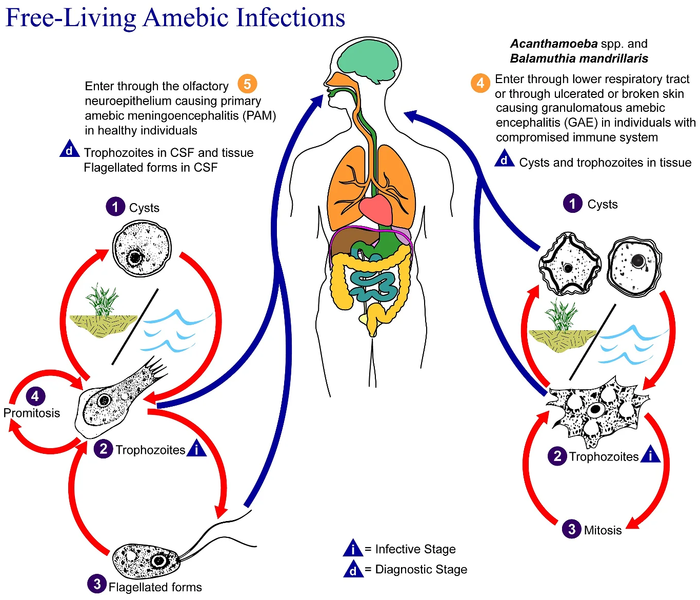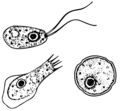Файл:Free-living amebic infections.png

Размер на този преглед: 700 × 600 пиксела. Други разделителни способности: 280 × 240 пиксела | 560 × 480 пиксела | 896 × 768 пиксела | 1195 × 1024 пиксела | 1365 × 1170 пиксела.
Оригинален файл (1365 × 1170 пиксела, големина на файла: 715 КБ, MIME-тип: image/png)
История на файла
Избирането на дата/час ще покаже как е изглеждал файлът към онзи момент.
| Дата/Час | Миникартинка | Размер | Потребител | Коментар | |
|---|---|---|---|---|---|
| текуща | 09:24, 2 февруари 2023 |  | 1365 × 1170 (715 КБ) | Materialscientist | https://answersingenesis.org/biology/microbiology/the-genesis-of-brain-eating-amoeba/ |
| 06:30, 20 юли 2008 |  | 518 × 435 (31 КБ) | Optigan13 | {{Information |Description={{en|This is an illustration of the life cycle of the parasitic agents responsible for causing “free-living” amebic infections. For a complete description of the life cycle of these parasites, select the link below the image |
Използване на файла
Няма страници, използващи файла.
Глобално използване на файл
Този файл се използва от следните други уикита:
- Употреба в de.wikibooks.org
- Употреба в en.wiktionary.org
- Употреба в fi.wikipedia.org
- Употреба в fr.wikipedia.org
- Употреба в gl.wikipedia.org
- Употреба в hr.wikipedia.org
- Употреба в is.wikipedia.org
- Употреба в it.wikipedia.org
- Употреба в pl.wikipedia.org
- Употреба в te.wikipedia.org
- Употреба в vi.wikipedia.org
- Употреба в www.wikidata.org
- Употреба в zh.wikipedia.org




